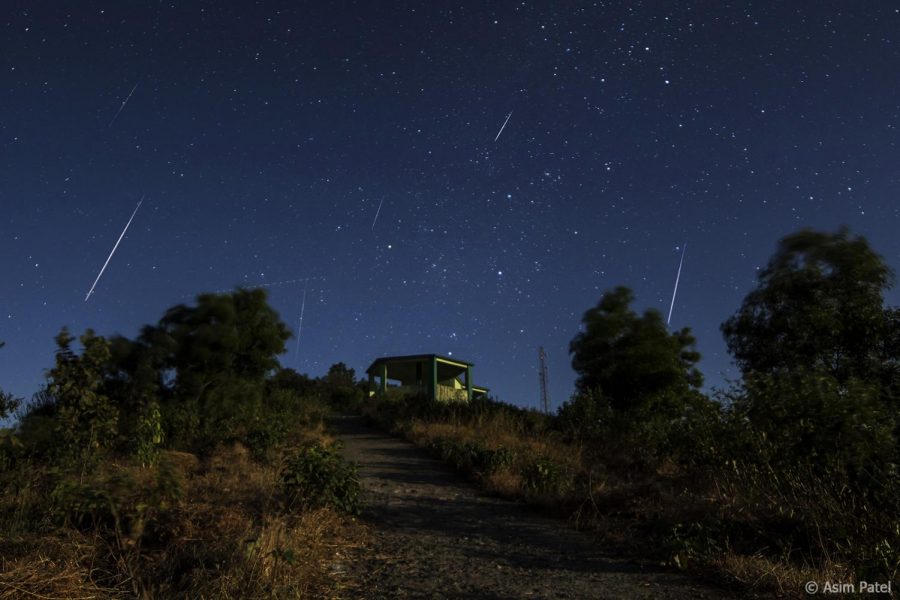Geminid Meteor Shower Lights up the Sky
January 10, 2019
The Geminid meteor shower, which occurs annually around December, impressed skywatchers this year with another spectacular display. The meteor shower originates from an asteroid located near Earth, the 3200 Phaethon. Scientists believe that this asteroid collided with another object many years ago, generating a stream of particles that is constantly pulled toward Earth: the meteors comprising the Geminid meteor shower.
According to NASA, the Geminid meteor shower is among “the best and most reliable of the annual meteor showers,” with its particularly bright and frequent meteors. This year, the meteor shower also entertained a special guest: the so-called ‘Christmas comet,’ Comet 46P/Wirtanen.
And no, meteor showers are not dangerous. Meteors are small harmless fragments of larger objects, their size ranging from that of dust particles to boulders. Additionally, upon entering Earth’s atmosphere, the rapidly-moving meteors produce large amounts of heat from air resistance and thus burn up in Earth’s atmosphere before striking the surface.
In short, meteor showers are a glorious showing of nature’s many wonders. Luckily for those who missed this year’s Geminid meteor shower, many more will soon follow.


























